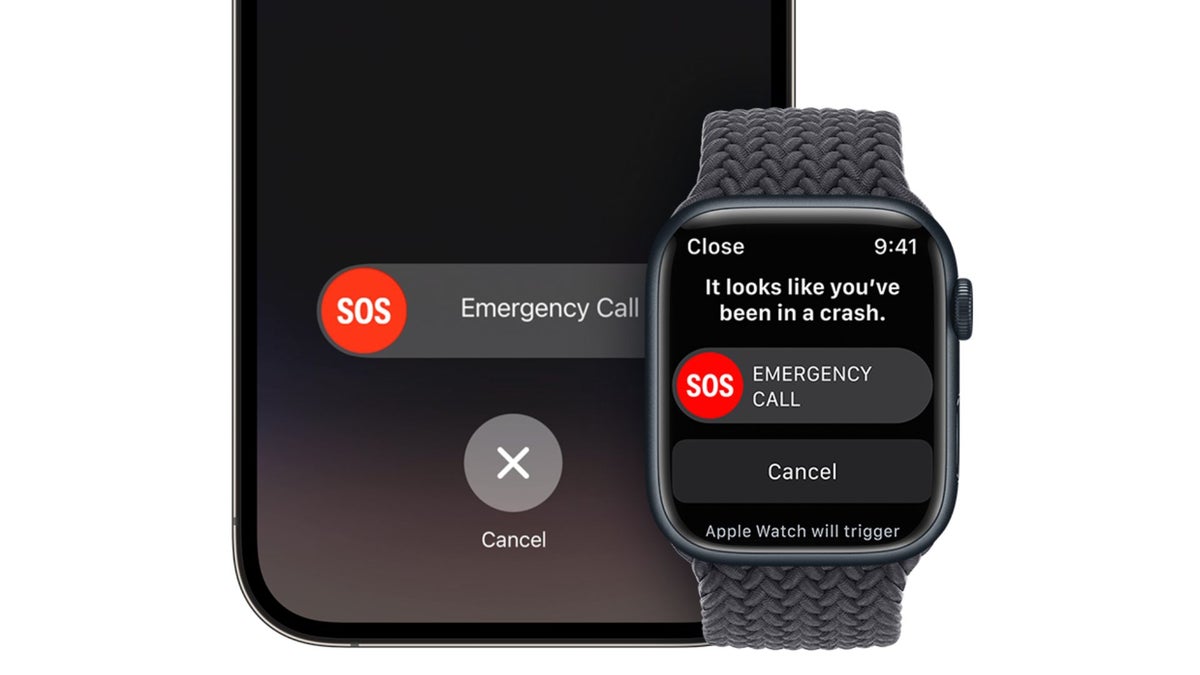iPhones and rollercoasters might be the unlikely duo behind false 911 calls

Apple introduced the Crash Detection feature alongside its iPhone 14 and Apple Watch Series 8, and it's been making headlines for both its life-saving capabilities and occasional quirks. Recently, an Apple Watch played a crucial role in saving a driver involved in a car accident. However, it's not always a lifesaver; it can also be the culprit behind some unintentional 911 calls, as seen at a music festival earlier this summer.
Now again, the Crash Detection feature has had its share of adventures, sending out a dozen false alarms to the emergency dispatch teams in Western Massachusetts during the US East Coast's biggest agricultural fair. West Springfield Police Sergeant Joseph LaFrance shared with WWLP (via Apple Insider) that over the past six days, they've received about a dozen "abandoned 911 calls" from within the fairgrounds.
To address this, police officers are kindly requesting callers to either stay on the line when they hear the dispatcher or answer follow-up calls. So, what triggered the Crash Detection feature on iPhones and Apple Watches during this fair? It's believed to be rollercoasters and other amusement park rides.
Now, you might be wondering, why rollercoasters? Well, if you've ever been on one, you know how wild those rides can get. When strapped into a rollercoaster seat, especially on those intense, high-speed rides, you can experience rapid changes in speed, sharp twists, and sudden drops. These movements sometimes mimic the patterns of a car crash in terms of sudden changes in motion.
If your iPhone is in your pocket or hand or your Watch is on your wrist during the rollercoaster ride, the sensors may detect these movements and interpret them as a potential crash. This triggers the activation of the Crash Detection feature, causing both your phone and watch to sound an alarm and the screen to display an alert.
If you happen to be unable to respond to the alert, after 20 seconds, your device will automatically dial emergency services. The call indicates that you've been in a severe accident and even shares your location with the dispatcher. It's a handy feature, but as it looks like, sometimes even a rollercoaster can make it a bit jumpy.
Now, you might be wondering, why rollercoasters? Well, if you've ever been on one, you know how wild those rides can get. When strapped into a rollercoaster seat, especially on those intense, high-speed rides, you can experience rapid changes in speed, sharp twists, and sudden drops. These movements sometimes mimic the patterns of a car crash in terms of sudden changes in motion.
If you happen to be unable to respond to the alert, after 20 seconds, your device will automatically dial emergency services. The call indicates that you've been in a severe accident and even shares your location with the dispatcher. It's a handy feature, but as it looks like, sometimes even a rollercoaster can make it a bit jumpy.
Follow us on Google News














Things that are NOT allowed:
To help keep our community safe and free from spam, we apply temporary limits to newly created accounts: